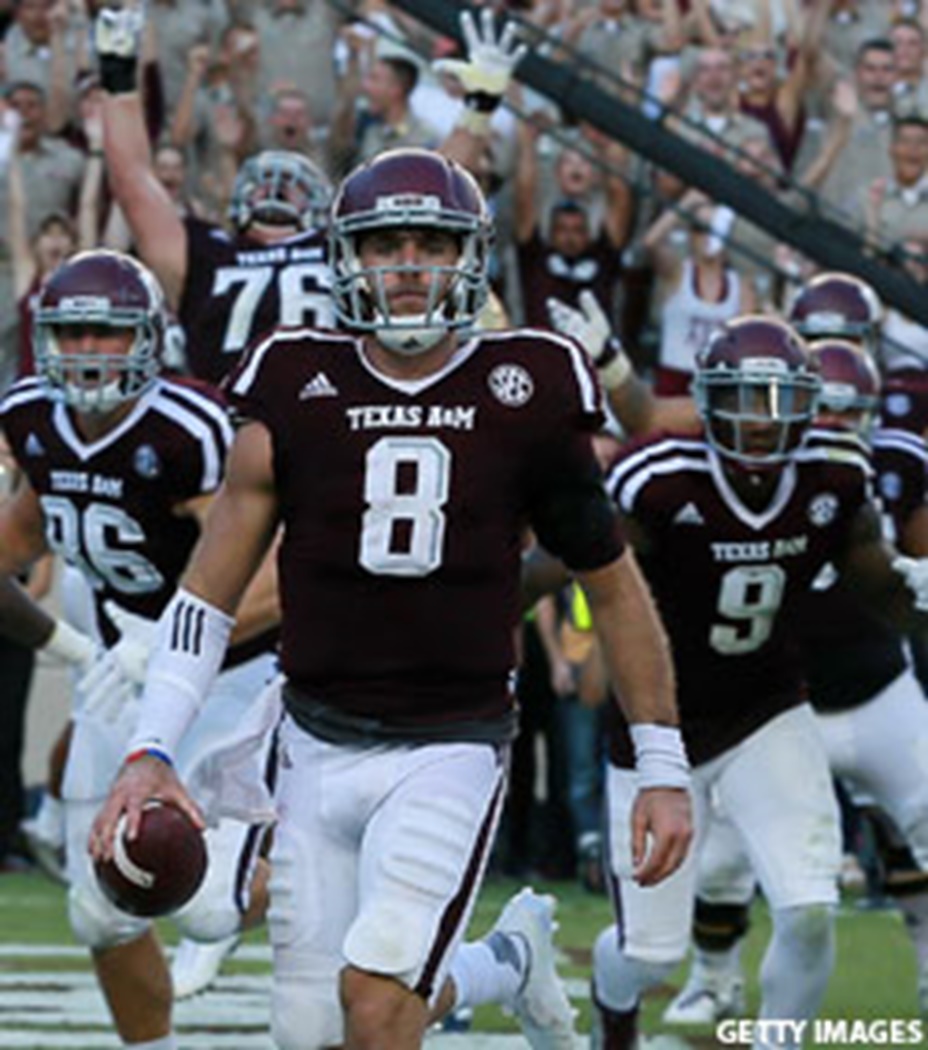The gulf between college sports' "haves and have-nots has never been greater," with the richest athletic departments -- those in the Power Five -- pulling in a record $6B last year, nearly $4B "more than all other schools combined," according to an analysis of NCAA data by Paula Lavigne of ESPN.com. Powered by "multimillion-dollar media rights contracts and rising ticket sales revenue, the richest schools have spent aggressively: on private jets, on campus perks like barber shops and bowling alleys." The Group of Five are "spending, too, but different from different sources." Those schools have "increasingly shifted hundreds of millions of dollars from students, taxpayers and other university programs into their athletic programs to do so." The same analysis "examined eight years of revenue and expense data" from all D-I/FBS schools. On average, Power Five and Group of Five schools each saw about 50% increases in "net revenue during the eight-year period." However, half of the revenue for public school athletic departments in the Group of Five came from "student fees, university subsidies and state or local governments." For Power Five schools, "subsidized sources" made up just 5% of their budgets. In '14-15, Texas A&M reported $193M revenue, the most of any D-I school. Texas A&M "vaulted to the top spot because of donations received for the renovation and expansion of Kyle Field." Texas had the "highest ticket sales revenue," at $63.3M, followed closely by Ohio State at $63.1M. Georgia and Alabama each spent $1.3M on football recruiting in '14-15, putting them at the top among D-I schools. Ohio State "spent the most on coaching salaries" -- a total of $28M.
WIDENING GAP: In recent years, college presidents and ADs have "acknowledged that many athletic departments don't show a profit or any excess carryover because there is no reason for them to spend the money they earn." Few athletic departments "divert some revenue to their respective university budgets, but a Chronicle for Higher Education analysis this year found that only 10 athletic departments gave enough money back" between '11-14 to "offset what they had received in subsidies." Six of the 10 had "received no subsidies." Lavigne noted the "disparity between the richest and poorest schools has never been greater." In '08, the "gap between the average overall revenue of schools in today's Power Five conferences and those in the Group of Five" was about $43M. In '15, it was $65M. For public schools, if subsidies are "subtracted from that revenue, the gap gets even wider," from an average $53M in '08 to $83M in '15 (ESPN.com, 9/2).
PAY FOR PLAY? In Tallahassee, Jordan Culver noted Florida A&M lost to Miami 70-3 on Saturday, but FAMU AD Milton Overton Jr. said the school will make "about $700,000" off the game. FAMU this week travels to Coastal Carolina, a team "bound for the FBS," for an additional $100,000. MEAC budgets -- as well as the budgets of other FCS programs -- "rely heavily on money games." The big schools "make the big bucks, and that money needs to be shared, somehow." Overton: "The economics of intercollegiate athletics are not fair." He added, "There's [a] wider gap -- and I understand this because I was a part of the Power 5. As they gain autonomy, the ability for FCS programs to generate resources is reduced. The TV networks can just focus on them. They don't have to focus on anyone else" (TALLAHASSEE DEMOCRAT, 9/6).




